Introduction
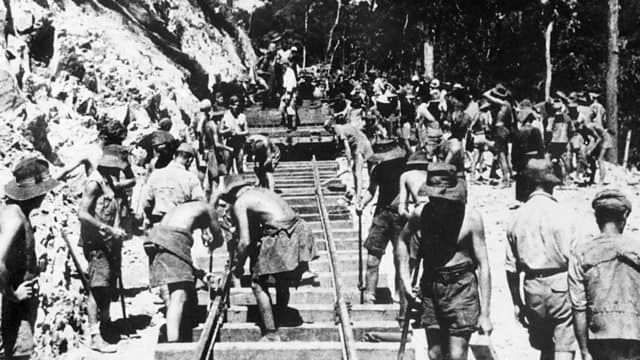
Anyone ever saw that movie, “Bridge over the River Kwai”? Believe me, the true story is way, WAY worse.
The Construction of the Burma Death Railway
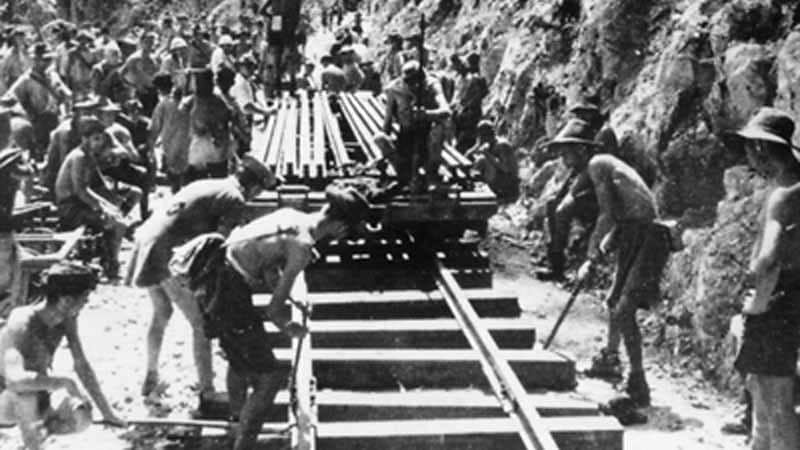
The River Kwai Bridge was a part of the much longer Siam–Burma Railway, which connected Thailand with Myanmar. Most people know it as the Burma Death Railway, and for a very good reason.
The Railway itself was built between 1942 and 1943 by the Imperial Japanese Army, and you probably already know why it’s called the Death Railway. The Railway was intended to be a more practical means to supply Japanese forces in Burma, without having to use the Strait of Malacca and the Andaman Sea. Both of these were still swarming with Allied aircraft and submarines.
Slave Labor and Brutal Conditions
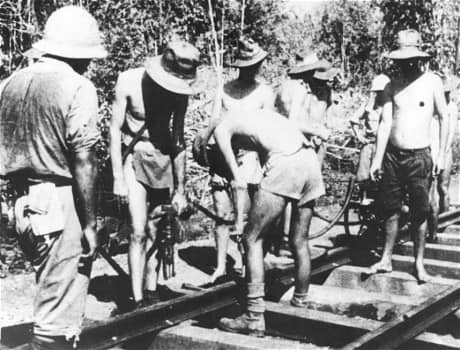
While certain sections of the rail line were built by Japanese workers and Korean laborers, the vast majority was built by what was basically slave labor. While we all know that up to 60,000 Allied POWs were forced to build the railway, the vast majority of the workforce was made up of local civilians who were forced to work in conditions no better than what the POWs faced.
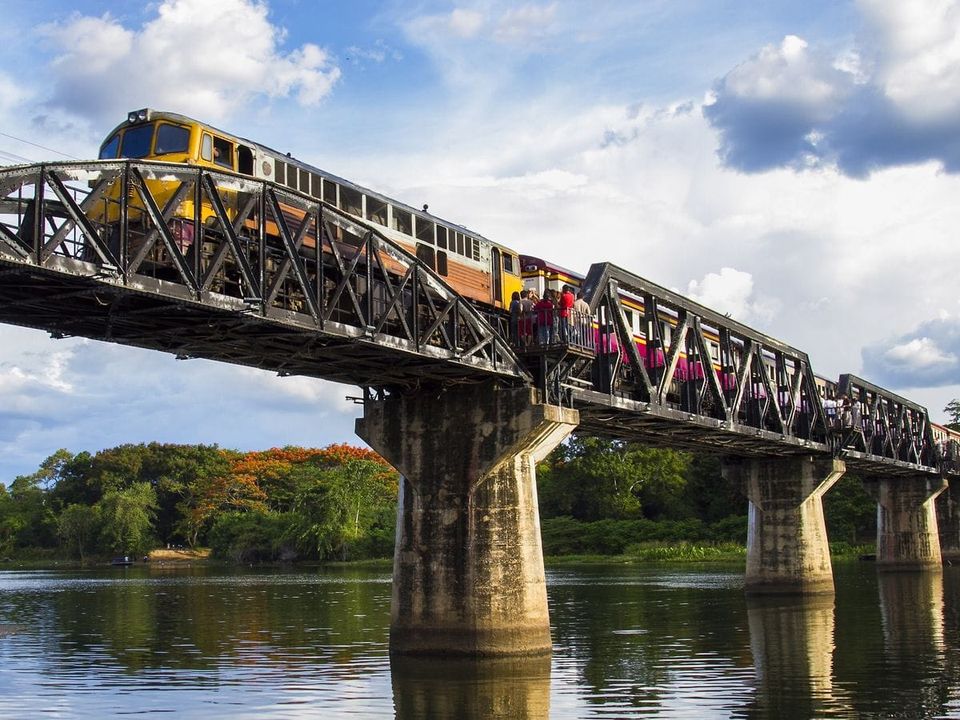
Believe me when I say conditions were terrible. Apart from the brutal treatment by Japanese officers and guards, workers had to deal with tropical diseases like yellow fever and malaria, not to mention the numerous poisonous snakes and wild animals they encountered as the line continued to be built. Needless to say, the Burma Railway certainly earned its unfortunate nickname.
The Toll and Aftermath
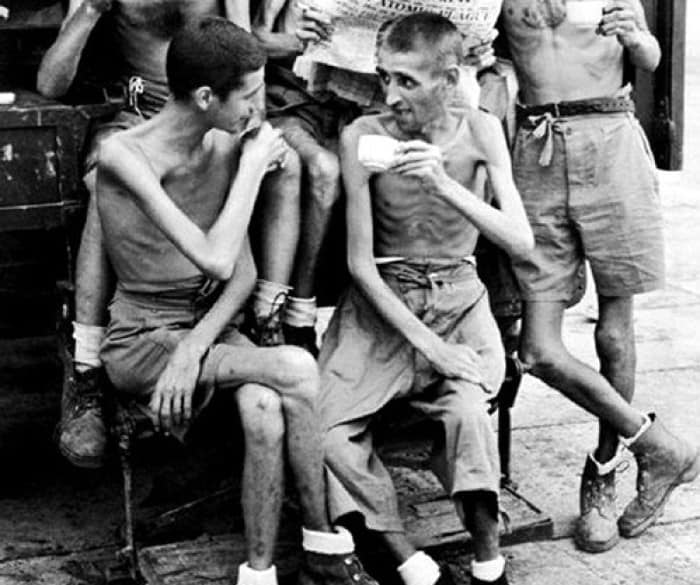
While it’s unknown just how many people died during the construction, it’s believed that up to 120,000 civilians and POWs were killed during this time. Not surprisingly, the construction of the Siam-Burma railway was dubbed a “War Crime” by the Allies after the war, and many of those linked to the project were given the Death Penalty.
~NC









